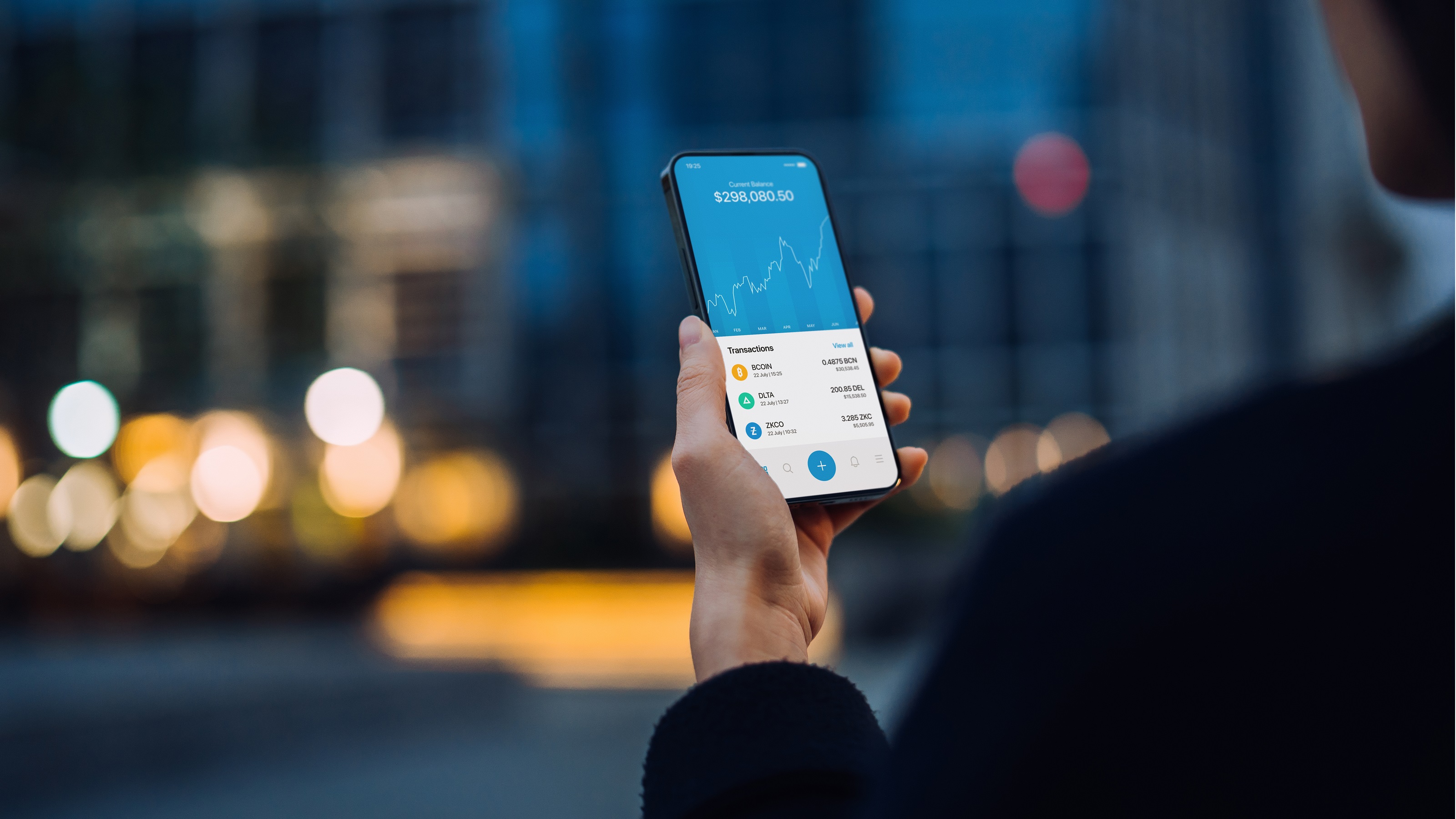
Market volatility like what we have experienced over the past few years can make even the most seasoned investors anxious. Many of my clients are already asking me, “What should I do?” as the next presidential election approaches — even though it is a little over a year away. When you take into account the pandemic, global geopolitical uncertainty and our divisive domestic political reality, it’s no wonder clients become nervous and look to buy or sell based on their fear, or on what friends, co-workers or “experts” in the media or on social media recommend.
Financial advisers can play an important dual role as coaches and therapists who can calm investors when they become anxious and prevent them from making hasty decisions that could cause long-term harm. Below are three of the most common influences that investors can fall prey to when they let their emotions take over:
Anchoring bias. In investing and finance, people can make the mistake of placing too much weight on the first piece of information they receive. For example, an investor may see a stock priced at $100, and then the next time they look, that same company’s share price has risen to $120. Having anchored their faith in the initial $100 price they observed, the investor may feel that $120 is now too high a price to pay for a stock they could have purchased for $20 less — and this anchoring bias may now prevent them from making that investment.
Instead of dwelling on the stock price they first observed, the investor should seek to understand the valuation and long-term potential of the company’s stock to determine if it is, in fact, a good investment.
This phenomenon can also play out in the opposite direction. For example, an investor could observe a stock they own that previously shot up to $150 and has now dropped to $50, and deduce, “Well, the stock is down $100, so I’ll hold on and wait until it recovers.”
However, that $150 price could have been the result of massive overvaluation at a market peak — so it may not be the “right” price to consider. The investor has anchored the true value of the stock at what was simply its peak price. Once again, investors should look beyond stock prices to determine whether the investment has solid, promising long-term potential and where the company itself will be in the long term.
The herd effect. Investors need to avoid making decisions based on what other people are doing and instead think for themselves and perform their own analysis.
Chasing investment opportunities as part of a herd has caused some of the biggest bubbles of recent times. Remember the old joke about Internet stocks during the dotcom bubble? “Once your barber starts giving you stock advice, you know you’re in a bubble.” Over 20 years later, investors are now susceptible to voices of self-proclaimed “experts” that are amplified by social media platforms like TikTok and Instagram. Anyone with an iPhone can create compelling and dramatic videos that make them sound authoritative on issues they may know nothing about or may not fully understand.
In the case of GameStop, an extreme dislocation developed between the value of the stock and what people were paying, and willing to pay, for it. At the time of that bubble, when my colleagues and I would ask someone why they were interested in buying GameStop, we would often hear, “Because it keeps going up.” As always, investors need to keep a cool head and perform their own analysis instead of running with the pack.
Loss aversion. In almost every other aspect of life, we love a good sale. Investments are unique in that we fear lower prices. Nobody likes to lose money, but when fear of loss starts to morph into a phobia, it becomes very problematic for investors’ long-term investment strategy. Short-term losses, as worrying as they may appear in the here and now, are necessary for obtaining long-term gains.
That’s why investors should not overact amid those inevitable periods of loss. I often tell prospects, “At some point, the market will drop, and you will call me to discuss selling to avoid losses, and I will likely switch the conversation to explain why you should actually be buying more!” I feel that if I have done my job right, and I fully understand my clients’ financial goals and risk tolerances, then they should be able to handle the ups and downs of the market and maintain their allocations, without allowing loss aversion to cloud their judgment or perceptions.
In the short term, our personal problems can seem more daunting than they are in the grand scheme of things, and the same goes for the markets. In the short term, the daily ups and downs of the market, driven by the news cycle, can look like the readout on a heart-rate monitor.
However, when you stretch out the time frame for the market activity in your analysis by 15 to 20 years, those daily ups and downs hardly register, or don’t register at all. Even the extreme market downturn due to COVID is now a drop in the bucket when you look at a chart of 15-to-20-year activity as of October 2023.
Humans are emotional creatures. However, in times of crisis, we need to keep our emotions in check and avoid making decisions that may appear attractive in the moment, but can actually prove destructive and harmful down the line. Don’t potentially reduce your income in retirement by running with the herd in your younger years.
Bob Peterson, J.D. is a Senior Wealth Advisor with Crescent Grove Advisors, an employee-owned boutique wealth management firm serving ultra-high-net-worth individuals and families, as well as institutions, foundations, and endowments.







